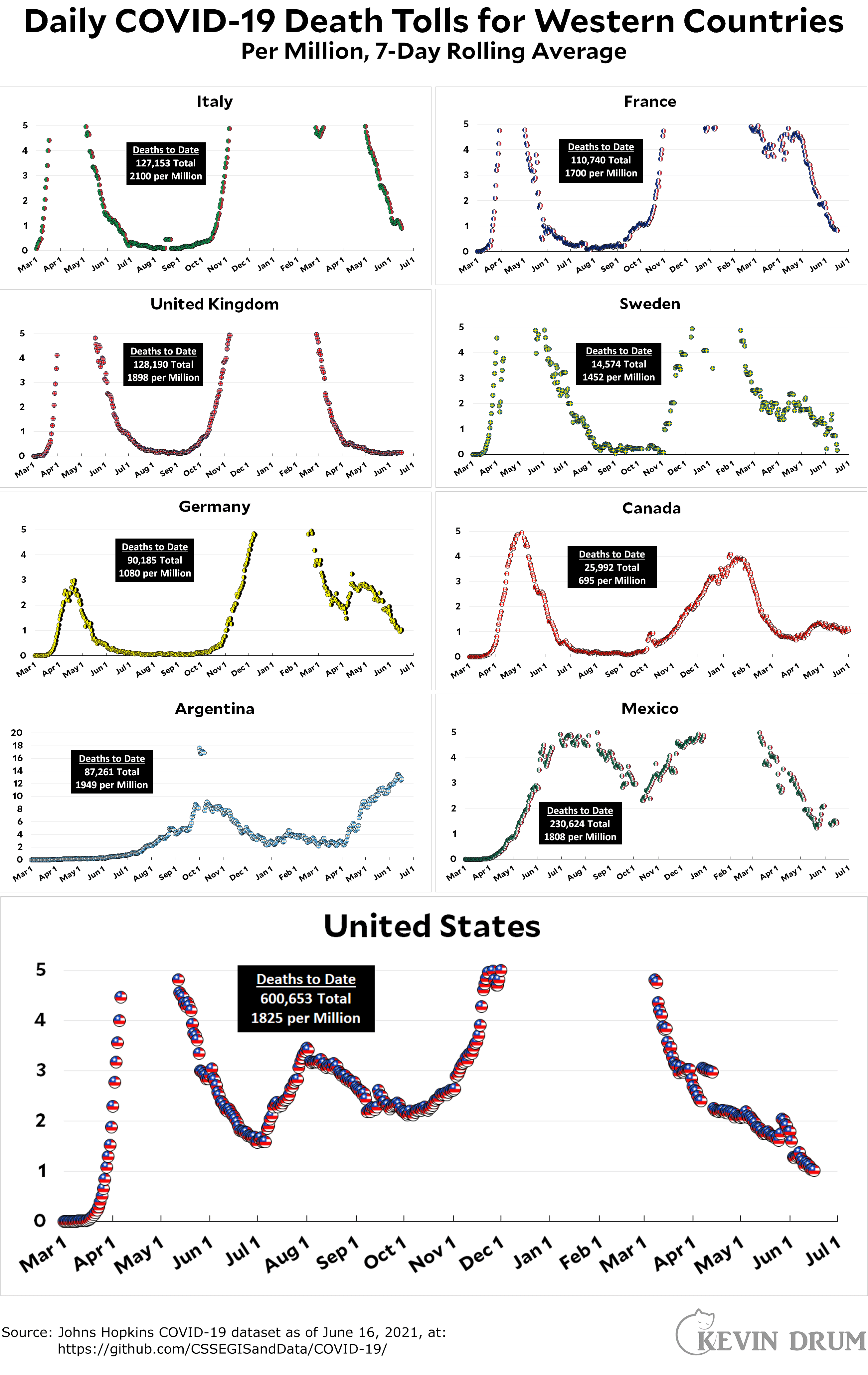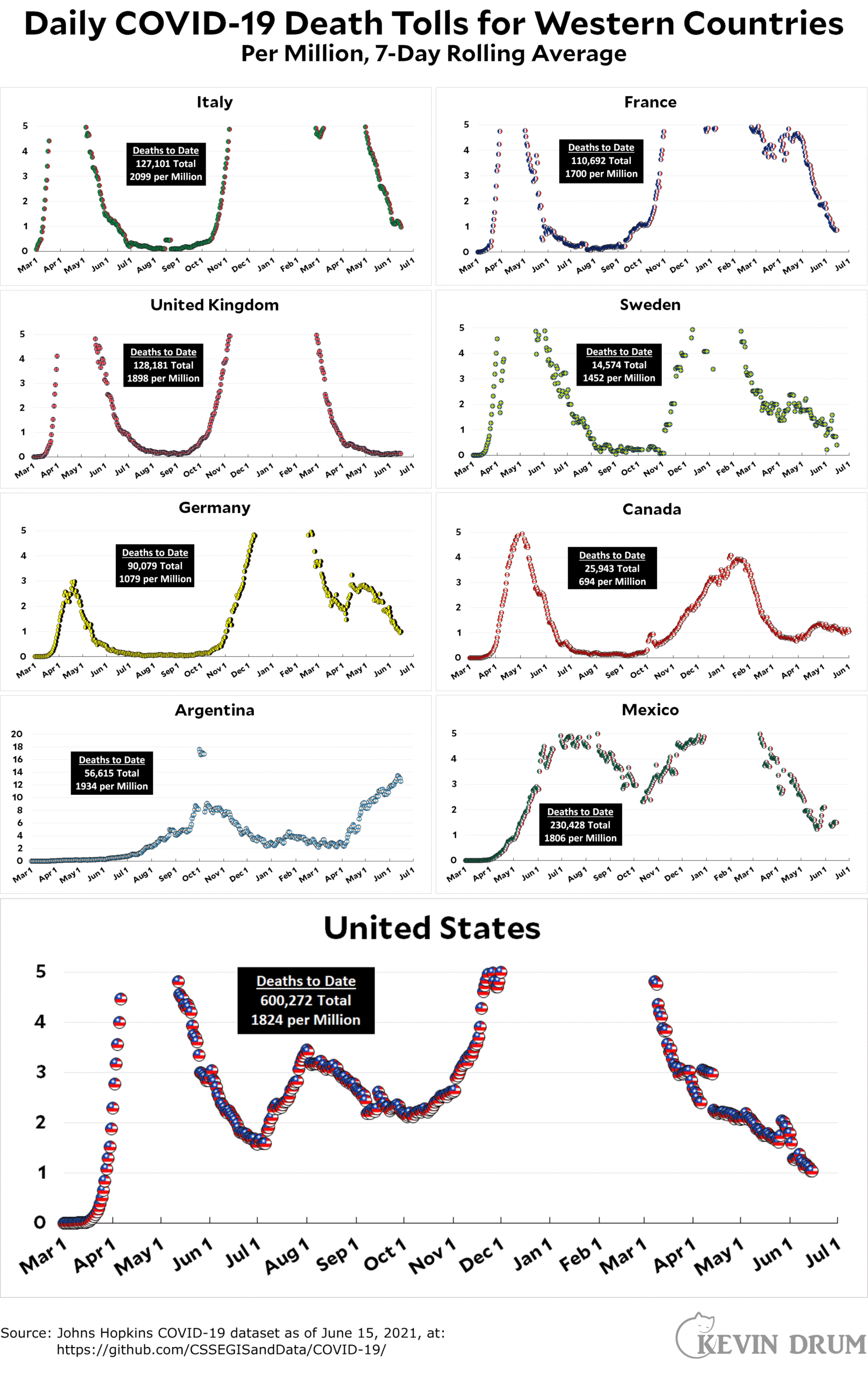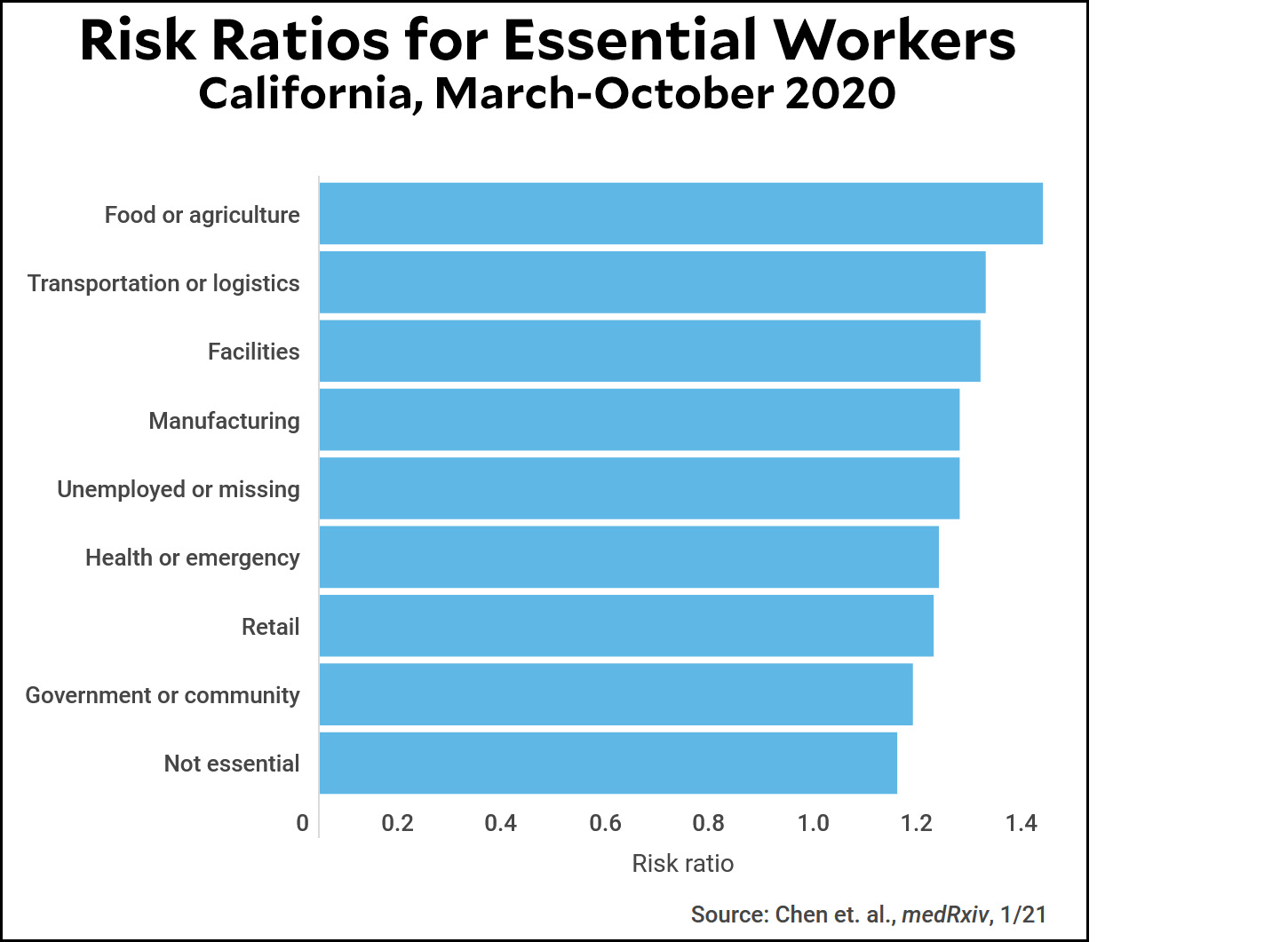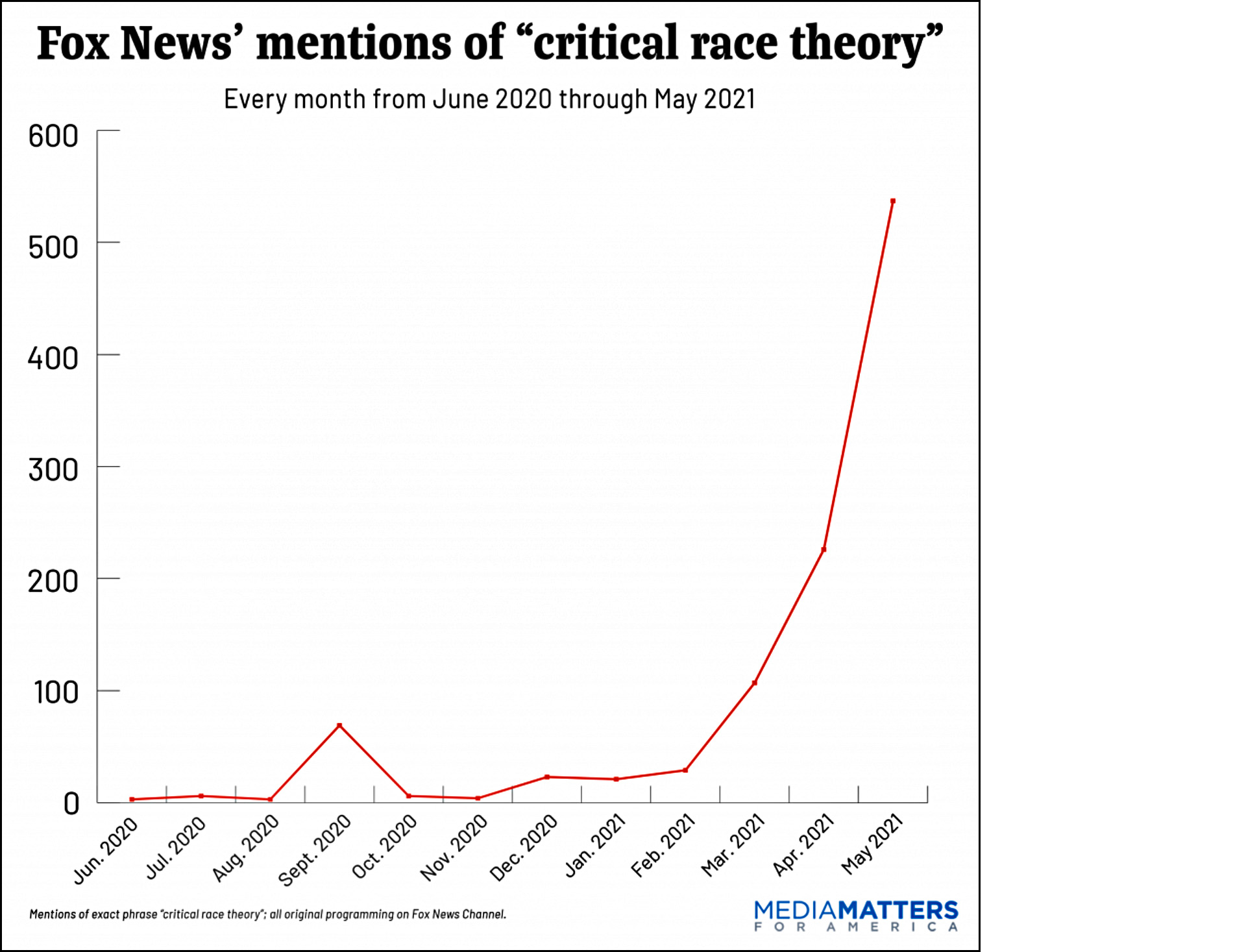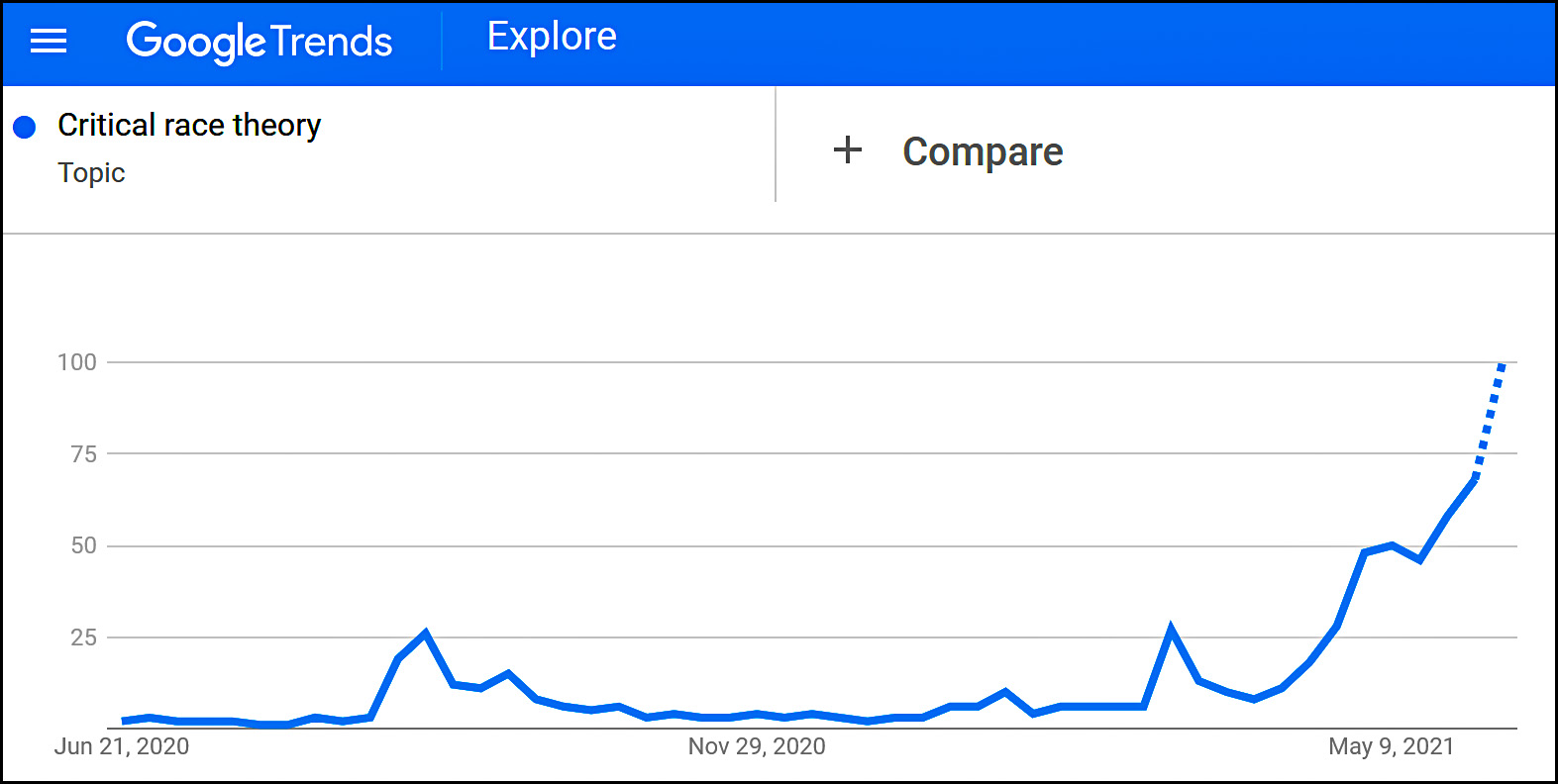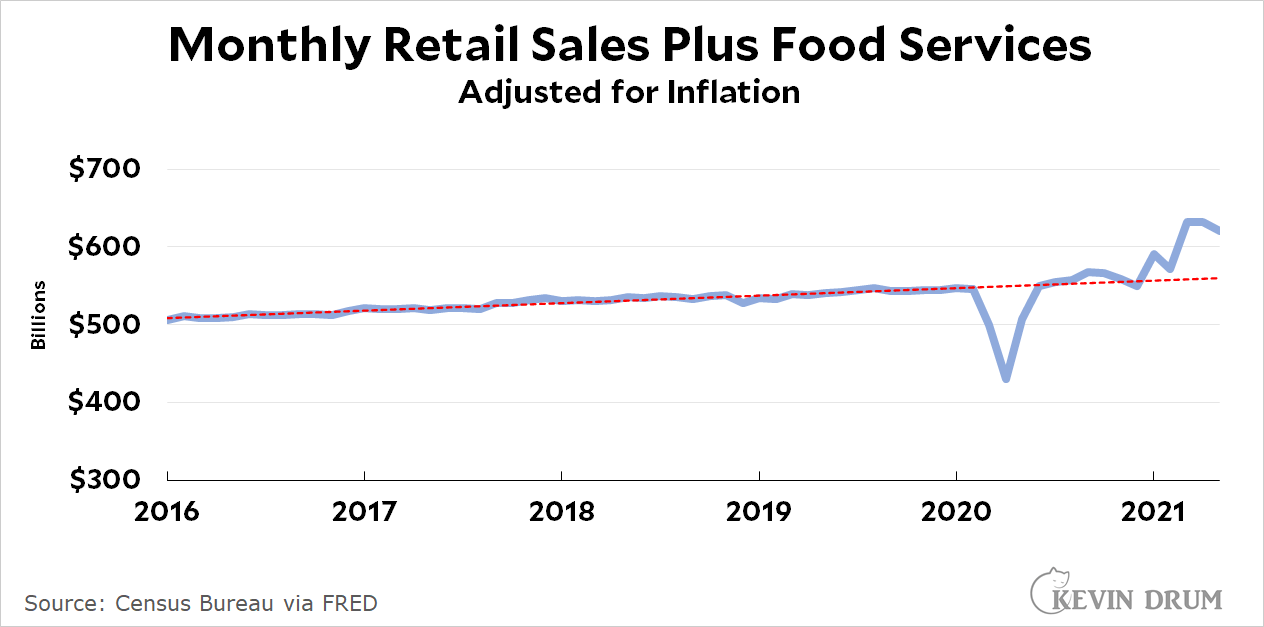The good news this morning is that the Supreme Court once again refused to kill off Obamacare:
The Supreme Court on Thursday dismissed the latest challenge to the Affordable Care Act, saying Republican-led states do not have the legal standing to try to upend the law. Justice Stephen G. Breyer wrote the court’s 7 to 2 decision that preserves the law that provides millions of Americans with health coverage.
Justices Samuel A. Alito Jr. and Neil M Gorsuch dissented.
The bad news is that the case was decided on standing, not on its merits (or lack thereof) and even at that two justices dissented. Hell, even Clarence Thomas was willing to toss it out, but Alito and Gorsuch couldn't bring themselves to do it.
But at least it won. Surely no major law in American history has ever gone through the destruction test that Obamacare has, but with any luck this was its final trial. It's now the law of the land, permanently.

